Anunderwaterexcavationof a 2,500-year-oldshipwreckoff the coast of Sicily has unveiledprehistoric tools and anchors, providing evidence of the trade between Italy and Greece.The shipwreck, believed to date back to the fifth or sixth century B.C., was discovered near Ragusa, a city in southeast Sicily, Italy.The Superintendence of the Sea (SopMare), a Sicilian governmental organization responsible for protecting ancient artifacts in sea waters, shared the news of the discovery on December 9.
Anunderwaterexcavationof a 2,500-year-oldshipwreckoff the coast of Sicily has unveiledprehistoric tools and anchors, providing evidence of the trade between Italy and Greece.
The shipwreck, believed to date back to the fifth or sixth century B.C., was discovered near Ragusa, a city in southeast Sicily, Italy.
The Superintendence of the Sea (SopMare), a Sicilian governmental organization responsible for protecting ancient artifacts in sea waters, shared the news of the discovery on December 9.
HighlightsAn underwater excavation off the coast of Sicily, Italy, revealed a series of prehistoric artifacts.The ancient lithics (stone tools) and anchor cores confirm historical trade between Italy and Greece.The operations are part of a project to preserve Italy’s “submerged cultural heritage.”
RELATED:
Divers in Italy have uncovered a 2,500-year-old shipwreck off the coast of Sicily
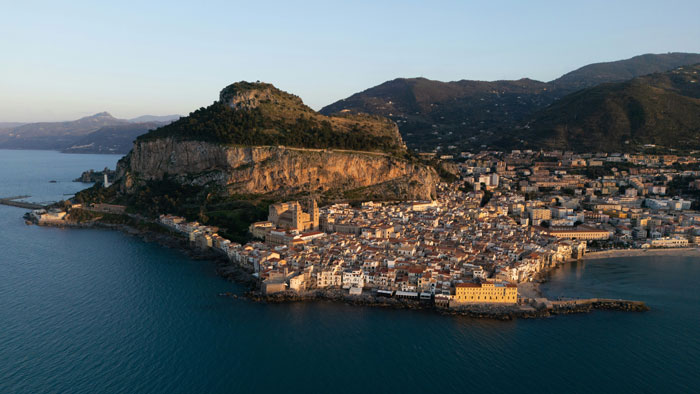
Image credits:Joshua Kettle / Unsplash (Not the actual photo)
Archaeologists found prehistoric lithics—or stone tools—near the wreck and anchors dating back to the seventh century A.D.
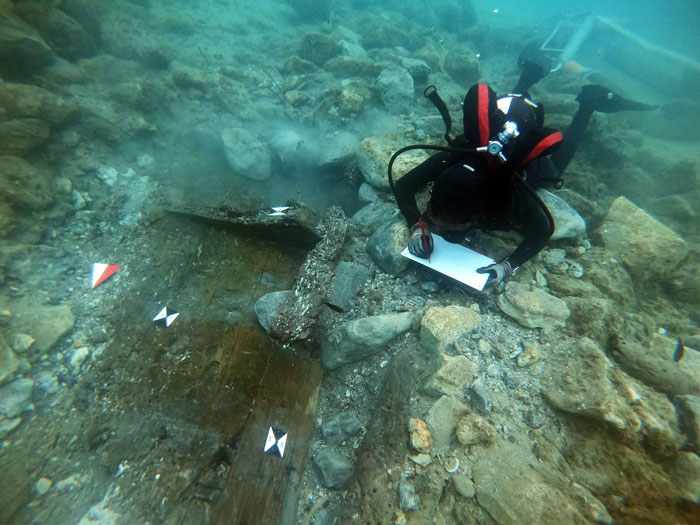
Image credits:Soprintendenza del Mare
“A few meters from the wreckage, two anchor cores were identified: two in iron of the type ‘T’ toppled, probably dating back to the seventh century A.D., and four lithics, from probably the prehistoric era.”
The excavation revealed prehistoric lithics (stone tools) and anchors dating back to the seventh century A.D.
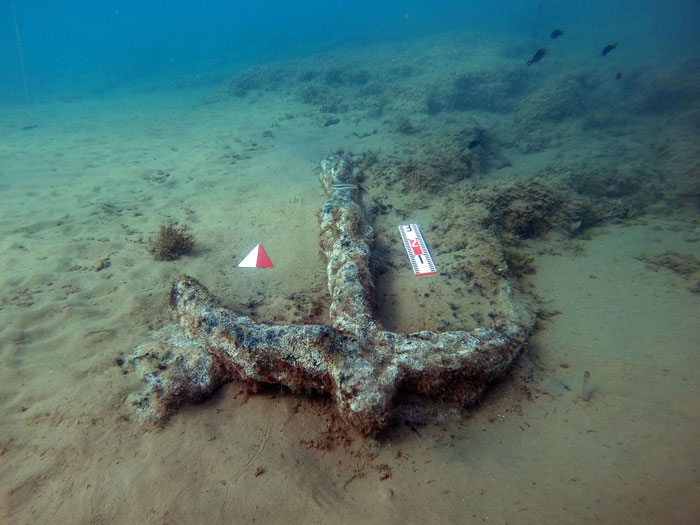
SopMare stated that the discovered tools and anchors “[witnessed] the trade between Greece and Sicily,” which have a long history of economic relations.
Trade and the search for raw materials, especially metals,first broughtthe ancient Greeks to southern Italy and Sicily in the ninth and eighth centuries B.C.
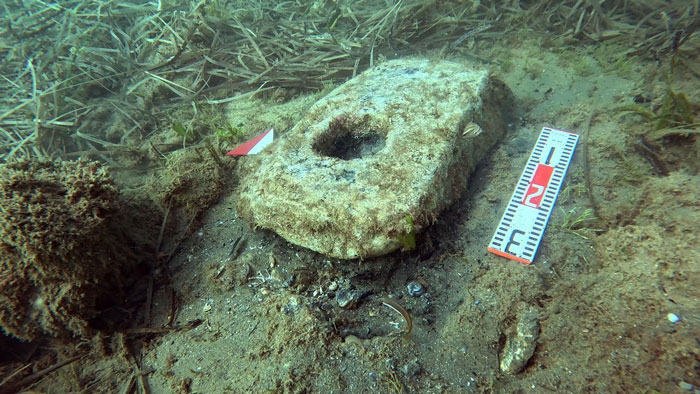
The operations are part of the Kaukana Project, which aims to reconstruct the coastal and submerged landscape of the ancient cities of Ispica, Kaukana, and Kamarina. This initiative is done in collaboration with the University of Udine and other Italian and international research institutions.
The project began in 2017. The recent operations, which concluded last September, marked the fifth excavation campaign carried out to preserve the “submerged cultural heritage.”
In March,SopMare announcedthe finding of a “practically intact” metal battle helmet in waters outside Vendicari, an island on Sicily’s southeast coast.
The centuries-old helmet, believed to have been made between the late 1400s and 1600s, was found 5 meters deep (16 feet) in the Ionian Sea.
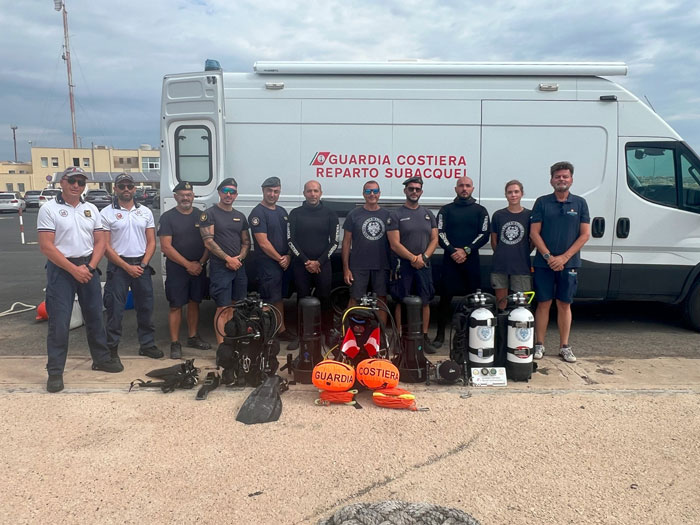
Therelichad blended in with the rocks, as it was covered in masses of mineral cement.
In October 2023, the organization announced theexcavation and recoveryof a Romanshipwreckfrom the 3rd century A.D., known as Marausa 2.
“It carried a mixed cargo consisting of transport containers and a wide variety of objects. Numerous amphorae and high-value artifacts have already been recovered and transferred to the Baglio Anselmi Archaeological Museum in Marsala for initial conservation treatment.”
Thanks! Check out the results:Lei RV
Renan Duarte
News